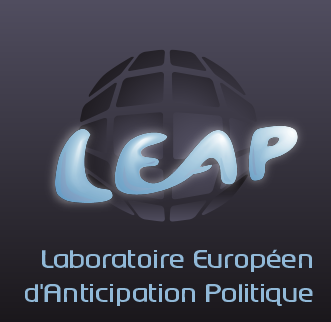We map the multipolar world
Terra Cognita 2089 is an initiative supported by Laboratoire Européen d'Anticipation Politique (LEAP) and Prosilience
Saudi Arabia 2055 : turns oil into water
March 15, 2025
Why join us
Open your perspective on multipolarity.
Access strategic insights from Europe and elsewhere
Contribute to our shared future.
Engage with a (growing) global network.
Stay ahead - together.
Access strategic insights from Europe and elsewhere
Contribute to our shared future.
Engage with a (growing) global network.
Stay ahead - together.


